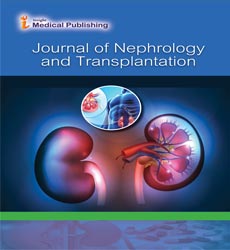Virus is living and its treatment
Abstract
Nanoparticles are small, nanosized particles that can be synthesised in different shapes/sizes dependant on their function/cell they are targeting. Larger nanoparticles have an increased chance of being detected by the lymph node and macrophage degradation, so are cleared from circulation. Nanoparticles have 3 layers. The surface layer allows biomolecules to adsorb so is able to become functionalised. The shell forms a thin layer over the core, offering protection from oxidation/harsh environmental impacts. The hydrophobic core encapsulates the drug pending release. Using nanoparticles ensures the drug is delivered directly to the target cell, causing minimal damage to neighbouring cells so less adverse effects are experienced. It also increases the drug’s half-life, bioavailability and minimises toxicity.
The research I conducted involved:
• Synthesising 30 nm gold nanoparticles using the Turkevich method to study the impact particle size plays on biomolecular corona formation.
• Functionalisation of 30 nm gold nanoparticles with carboxy-PEG thiol ligand to investigate what impact surface chemistry plays on biomolecular corona formation.
• Biomolecular corona formation through incubating nanoparticles in biological media e.g.: DMEM/BSA to allow stability assessments.
• Subsequent characterisation of the biomolecular corona formation using DLS/UV-Vis to compare the effects of the biomolecular corona on the nanoparticle stability and whether the protein corona hinders/increases nanoparticle efficacy for use in anticancer drug delivery systems. The objective was to investigate tailoring the surface of nanoparticles for subsequent design of nanoparticle-based drug delivery systems through a covalent attachment of the doxorubicin drug to the functionalised gold nanoparticles, via an EDC/NHSS coupling mechanism/reaction
Open Access Journals
- Aquaculture & Veterinary Science
- Chemistry & Chemical Sciences
- Clinical Sciences
- Engineering
- General Science
- Genetics & Molecular Biology
- Health Care & Nursing
- Immunology & Microbiology
- Materials Science
- Mathematics & Physics
- Medical Sciences
- Neurology & Psychiatry
- Oncology & Cancer Science
- Pharmaceutical Sciences
